The genesis of Hamas and unified Palestinian resistance
The term Hamas is an acronym for Ḥarakat al-Muqāwamat al-Islāmiyyah which translates into English simply as Islamic resistance movement. Resistance is, in other words, part of its name.
Hamas was effectively born as a direct result of the spark that lit the flame of the First Intifada.
The people who created it met the day after the occupation forces killed four Palestinian workers by crashing into their car at the Gaza checkpoint.
A leaflet issued on December 14, 1987 calling for resistance is considered their first public intervention, though the name Hamas itself was not used until early 1988.
Like its key ally in the Palestinian resistance, the Islamic Jihad movement in Palestine, usually called Palestinian Islamic Jihad or PIJ in the West, Hamas was formed from the Muslim Brotherhood.
Though the Brotherhood was politically quietus at the time, both Hamas and Islamic Jihad more actively challenged the dominance of Fatah, the secular nationalist group, then hegemonic amongst the Palestinians.
This task became all the more central once Fatah accepted the existence of the "state of Israel" and renounced armed struggle.
Looking back it is clear that the First Intifada was a fork in the road between those who believed compromise could lead to progress and those who maintained only resistance could win.
Hamas was formed one month after a PLO led declaration advocating coexistence with the Zionist entity in early 1988.
After Oslo and then the Gaza withdrawal in 2005, Hamas entered and won the elections in Gaza and became the de facto government.
The armed wing of Hamas, the Izz ad-Din al-Qassam Brigades has been branded by the West as a terrorist organization for more than 20 years.
In late 2021, the UK moved to ban Hamas entirely, including its political wing.
Since the launch of Al Aqsa Storm on October 7th, there has been a propaganda war over the role of Hamas in the resistance, implying that Hamas was created or supported by the Zionists.
This misunderstands the history, by confusing the support given by the Zionists to the politically quietus Muslim Brotherhood, in order to undermine the PLO with the more militant politics associated with Hamas.
Later, when Ariel Sharon attempted to liquidate the PLO, Hamas did benefit, but, its victory in the 2006 election marks the realisation of the Zionists that it had become their main enemy.
Since then there have been periods when the various factions of the Resistance were at odds with each other. However, in recent years, all the resistance factions have made peace with each other and work as one unified resistance.
D-8’s role in Iran’s economy after Cairo summit
China slams US as ‘war-addicted’ threat to global security
China ‘firmly opposes’ US military aid to Taiwan
VIDEO | Press TV's News Headlines
President Yoon Suk Yeol to be removed from office
At least 19 Gazans killed by Israeli airstrikes since dawn: Medics
Leader: Iran neither has nor needs proxy forces
US fighter aircraft shot down ‘in friendly fire’ amid aggression on Yemen




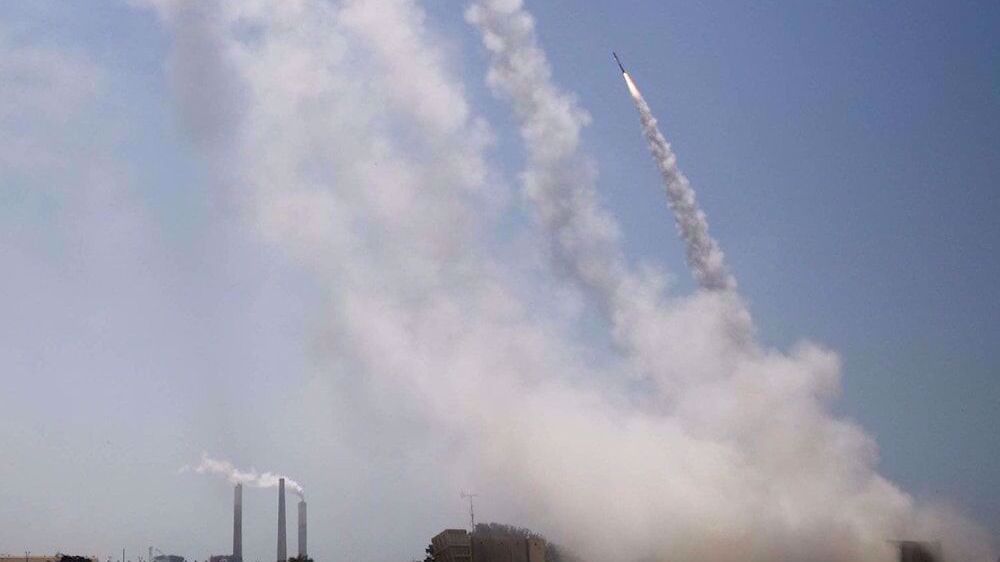







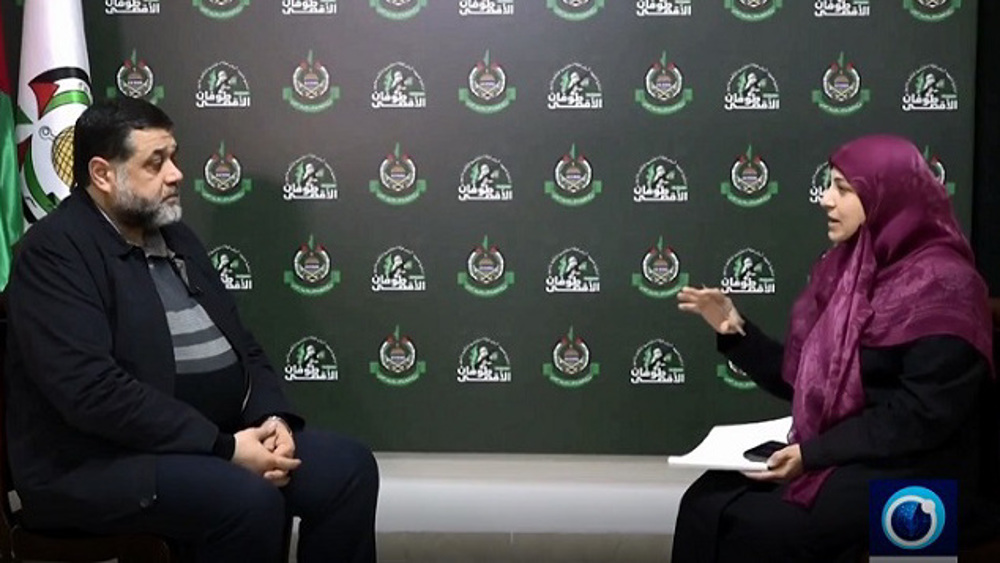
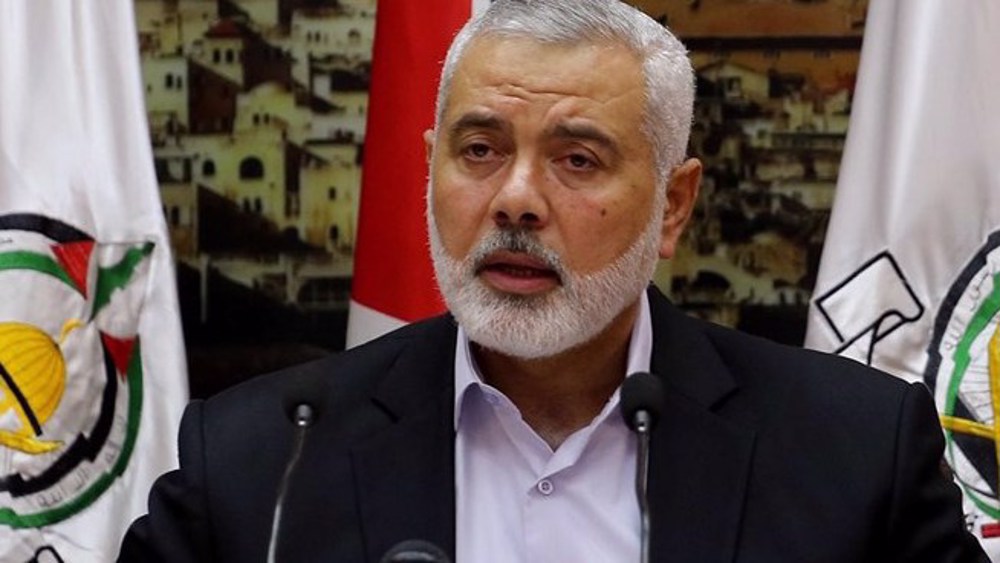
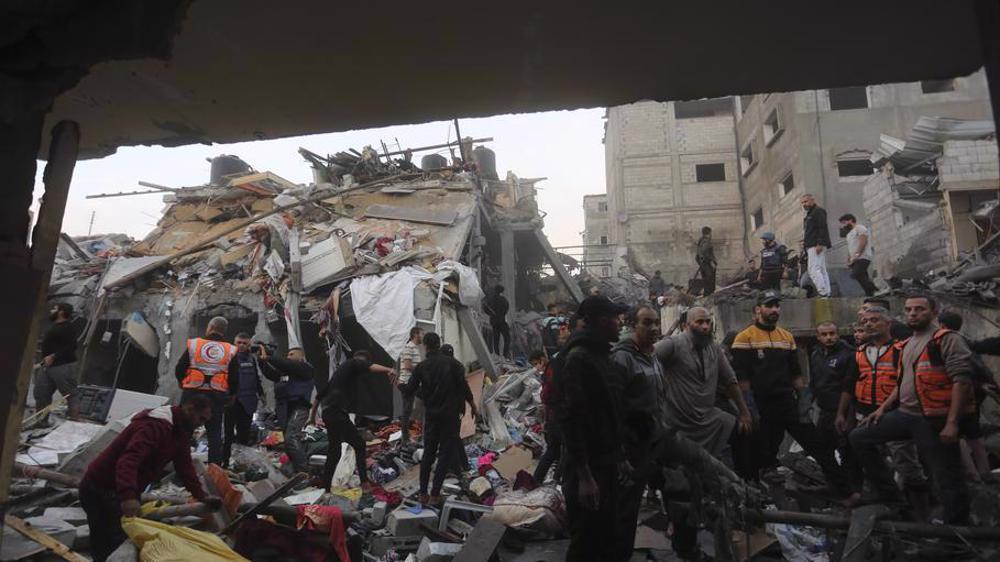
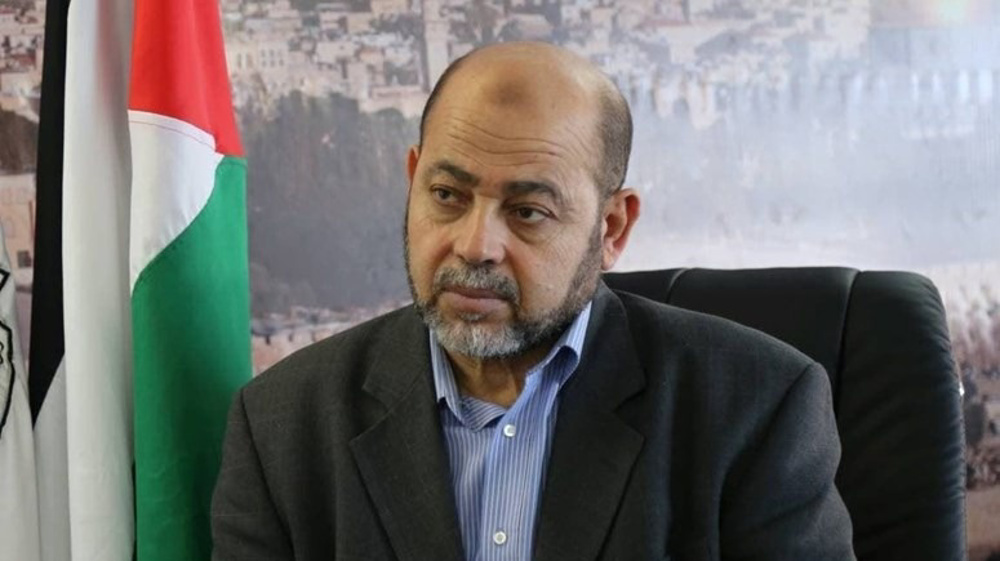

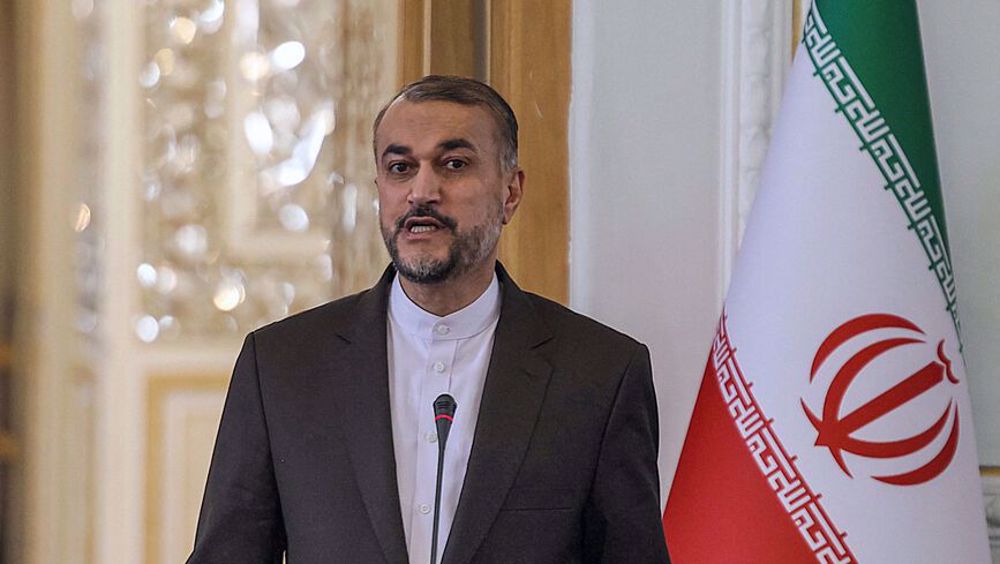


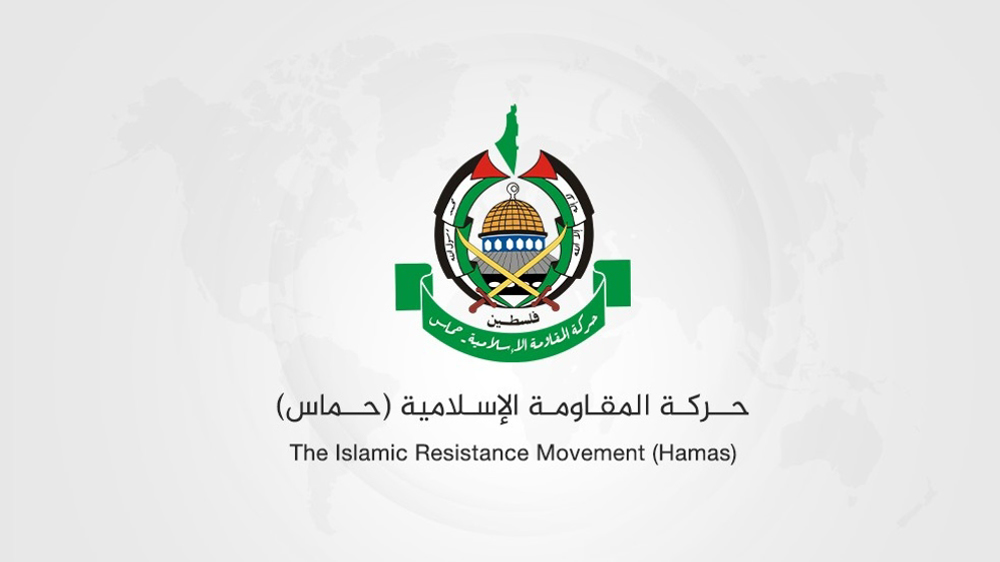
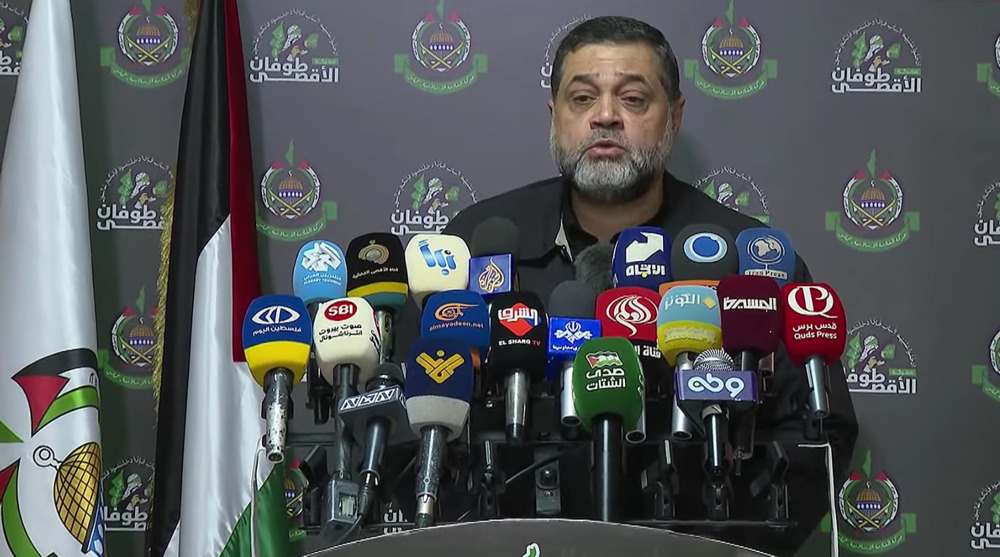

 This makes it easy to access the Press TV website
This makes it easy to access the Press TV website